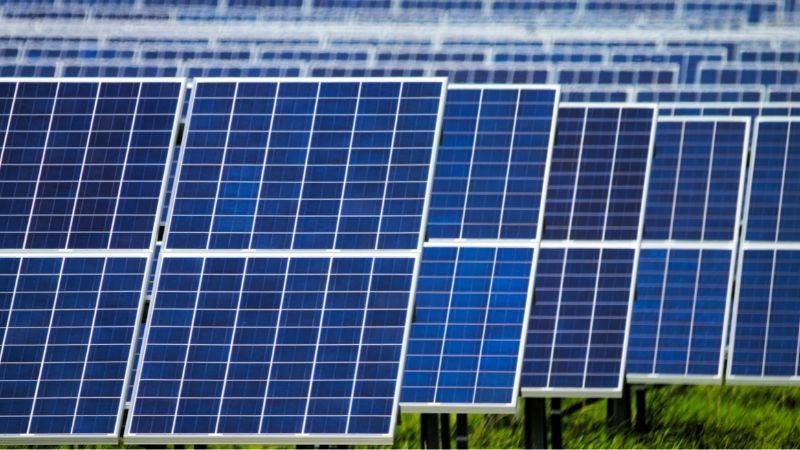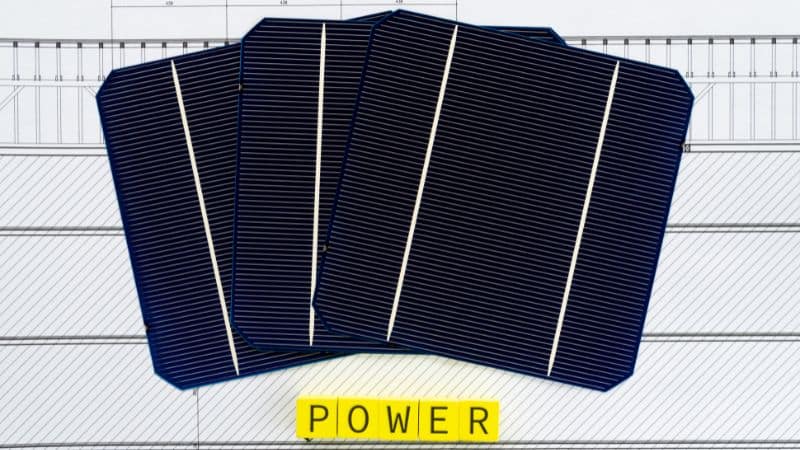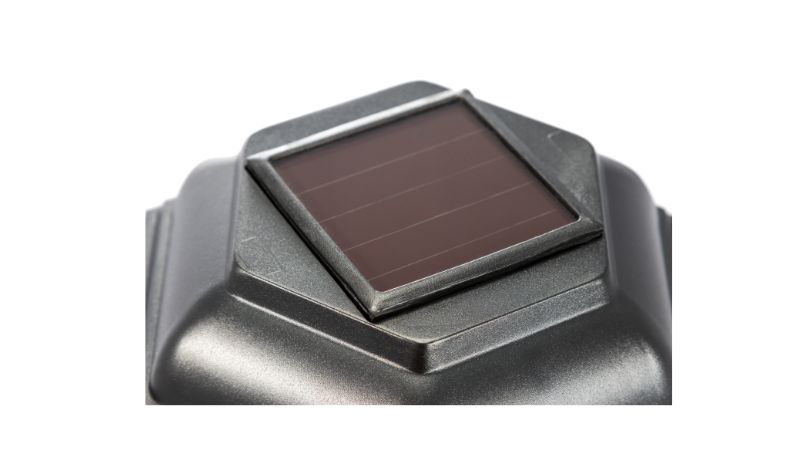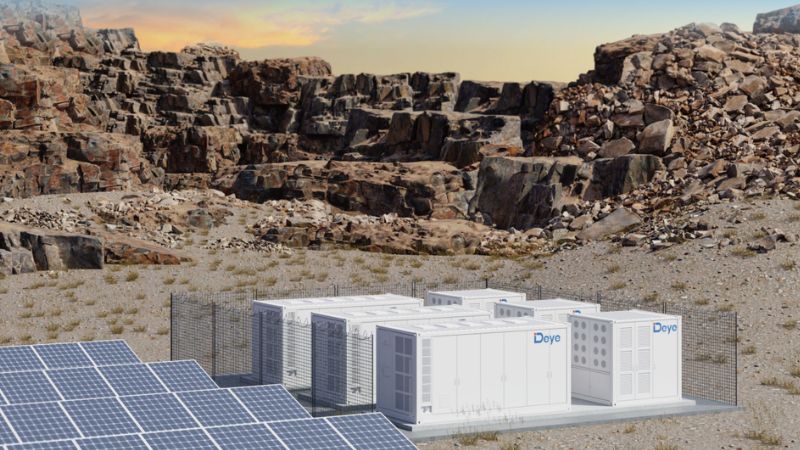Solar cells and photocells both use light, but for different jobs. Solar cells (or photovoltaic cells) turn sunlight directly into electricity, powering everything from homes to small gadgets. Photocells, on the other hand, are light detectors; they sense light changes to control devices like automatic streetlights or camera settings, but don’t produce significant power.
solar cells are energy generators and photocells are light detectors. Both harness light, each in its specialized way, fostering more efficient and environmentally conscious solutions.
Key Takeaways
- Function:Solar cells generate electricity; photocells detect light.
- Output:Solar cells produce usable power; photocells signal light changes.
- Application Focus:Solar cells for energy supply; photocells for sensing/switching.
- Materials:Solar cells often use silicon; photocells use varied light-sensitive materials.
- Performance:Solar cell efficiency is power conversion; photocell performance is sensitivity/response.
- Spectrum:Solar cells use a broad light spectrum; photocells can target specific wavelengths.
- Evolution:Both technologies are advancing for better efficiency, cost, and applications.

Introduction to Solar Cells and Photovoltaic Cells
Solar cells and photovoltaic cells are key technologies in renewable energy and light detection, converting sunlight into electricity or electrical signals.
Defining Solar Cells
A solar cell broadly refers to an electrical device converting light energy directly into electricity. These semiconductor devices, typically silicon layers with differing electrical properties, create an internal electric field. When sunlight (photons) strikes the cell, photon energy frees electrons, and the internal field drives these electrons, creating current.
Forms include:
- Monocrystalline silicon cells: Single silicon crystal, highest efficiency (15-22% commercial), uniform appearance.
- Polycrystalline silicon cells: Multiple silicon fragments, slightly lower efficiency (13-16%), lower cost.
- Thin-film solar cells: Thin layers of materials like amorphous silicon (a-Si), cadmium telluride (CdTe), or copper indium gallium selenide (CIGS); flexible, less material, often lower efficiency.
Defining Photovoltaic Cells
The term photovoltaic (PV) cell is essentially synonymous with “solar cell” for energy generation. “Photovoltaic” (from Greek “phos”-light, and “voltaic”-electricity) describes the direct light-to-electricity conversion process.
PV cells operate via the photovoltaic effect, observed by Edmond Becquerel in 1839. A typical cell has p-type (positive charge carriers) and n-type (negative charge carriers) semiconductor layers forming a p-n junction, which creates an electric field. Sunlight excites electrons, creating electron-hole pairs. The field separates these pairs, driving electrons to create a current in an external circuit. Modern PV cells use multi-junction designs and surface texturing to boost efficiency.
Historical Development of Solar and Photovoltaic Technologies
Edmond Becquerel first documented the photovoltaic effect in 1839. In 1883, Charles Fritts built the first solid-state solar cell using selenium, achieving <1% efficiency.
The crucial breakthrough came in 1954 at Bell Laboratories, where Daryl Chapin, Calvin Fuller, and Gerald Pearson developed the first practical silicon solar cell (around 6% efficiency). This sparked interest, especially for powering satellites.
From the 1970s-1990s, research focused on improving efficiency and reducing costs:
- 1980s: Introduction of multi-junction cells.
- 1990s: Advancements in thin-film technologiesand early building-integrated photovoltaics (BIPV).
By the early 2000s, commercial panel efficiencies reached 15-20%. Recent lab efficiencies for specialized cells exceed 40%. Current innovations include perovskite solar cells, promising high efficiency and lower manufacturing costs.
Design and Composition
Photovoltaic cells (for power) and photocells (for detection) have distinct designs and material compositions reflecting their functions. PV cells are optimized for energy generation; photocells for sensitive light detection.
Material Composition of Photovoltaic Cells
PV cells predominantly use semiconductors, with silicon (Si) being most common.
- Monocrystalline silicon: Higher efficiency, more expensive.
- Polycrystalline silicon: Less expensive, slightly lower efficiency.
- Thin-film cells: Materials like CdTe, CIGS, or a-Si; less material, flexible.
These materials are chosen for optimal photovoltaic properties, absorbing a broad solar spectrum and efficiently generating charge carriers. Advanced multi-junction (tandem) cells stack different semiconductors to capture various wavelengths, increasing efficiency. Perovskites are a promising research area.

Structural Differences and Similarities
Photocells generally have simpler designs than power-generating solar cells.
- A typical photocell (e.g., photoresistor)has a light-sensitive material (selenium, CdS, PbS) on an insulating substrate with conductive contacts, optimized for resistance change or small signal generation.
Solar cells for energy require a complex layered structure:
- Protective encapsulation(e.g., glass front, durable backsheet).
- Anti-reflective coatingto maximize light absorption.
- Metal contacts(front grid, back layer) to collect current.
- The p-n junction(core p-type and n-type layers) where the photovoltaic effect occurs.
While both use semiconductors, solar cells prioritize maximizing active area for energy conversion efficiency. Photocells prioritize detection sensitivity, response time, and often spectral selectivity.
Working Principles
Solar cells and photocells interact with light but operate on distinct principles, dictating their light conversion methods and outputs.
How Photovoltaic Cells Convert Light into Electricity
PV cells function via the photovoltaic effect. Constructed from semiconductors (usually silicon) forming a p-n junction with an internal electric field, the process is:
- Light Absorption: Photons with sufficient energy are absorbed.
- Electron-Hole Pair Generation: Absorbed energy creates electron-hole pairs.
- Charge Separation: The p-n junction’s electric field separates these pairs.
- Current Generation: Electrons flow through an external circuit, creating DC.
Key Components: light-absorbing semiconductor layers, anti-reflective coating, metal contacts, substrate, and encapsulation.
Comparative Analysis of Working Mechanisms
Photocells (photodetectors, LDRs) operate on the photoelectric effect or photoconductive effect, detecting light and responding by changing resistance or producing a small electrical signal, not substantial power.
Types of photocell mechanisms:
- Photoresistors (LDRs): Resistance decreaseswith increasing light intensity.
- Photodiodes: Semiconductor p-n junctions; can generate a small voltage (photovoltaic mode) or, more commonly for sensing (photoconductive mode), their reverse current increases with light intensity. Fast response.
- Phototransistors: Light-controlled transistors; photons generate base current, amplifying collector current. Higher sensitivity than photodiodes, generally slower.
The distinction:
- Solar cells (PV cells): Actively produce usable electrical power, efficiency measured in energy conversion rate (e.g., 15-22% commercial).
- Photocells: Primarily sensors/switches. Output is a resistance change or small signal. Performance valued by sensitivity, dynamic range, and response times.

Applications
The distinct functions of solar cells and photocells lead to different deployments across industries.
Industrial and Utility-Scale Applications
Solar Cells (Photovoltaic Panels):
- Utility-scale solar farms: Generate grid-scale electricity.
- Commercial and Industrial Rooftops: Reduce electricity costs and meet sustainability goals.
- Remote Industrial Operations: Provide off-grid power for mining, telecom, etc.
Photocells:
- Automated Control Systems: Sense light for process control, safety curtains.
- Quality Control and Sorting: Detect products, verify alignment, count items.
- Security and Surveillance Systems: Used in motion detectors, perimeter alarms.
- Street and Area Lighting Control: Automate lighting based on ambient light.
Emerging and Niche Applications
Solar Cells:
- Wearable Technology and IoT Devices: Power or extend battery life.
- Building-Integrated Photovoltaics (BIPV): Solar cells as building materials (windows, facades).
- Transportation: Auxiliary power for EVs, boats; primary for solar cars/drones.
- Agriculture (Agrivoltaics): Co-location with crops; power for remote irrigation.
- Space Exploration: Power for rovers and missions.
Photocells:
- Scientific and Analytical Instruments: Precision light measurement in spectrophotometers, etc.
- Advanced Camera Systems: Autofocus, white balance, image stabilization.
- Medical Devices: Pulse oximeters, glucose monitors, light therapy control.
- Art Conservation: Monitor light levels in museums.
- Optical Communication: Key in fiber optic receivers.
Conclusion
Solar cells and photocells, while both light-interactive, serve distinct technological purposes. Solar cells primarily generate electricity from sunlight via the photovoltaic effect, crucial for renewable energy.
Photocells, conversely, act as light sensors, changing electrical properties in response to light. This suits detection, measurement, and control applications like automatic lighting and camera systems.
Material choices reflect these functions: silicon for solar cells (energy conversion); materials like CdS or specialized silicon for photocells (sensitivity/response).
Efficiency considerations differ: power conversion percentage for solar cells; sensitivity and response time for photocells.
Both fields are dynamic, with ongoing R&D improving efficiency, cost, and versatility. Understanding their fundamental differences is key to selecting the right technology for harnessing solar energy or implementing light-responsive systems.

To maximize solar energy benefits, effective storage is key. Deye ESS offers excellent solutions: Low Voltage (LV) solar battery series provides scalable LFP battery storage for homes and small businesses, while the High Voltage (HV) series caters to larger commercial and utility needs. Explore our product offerings and contact us for more information!